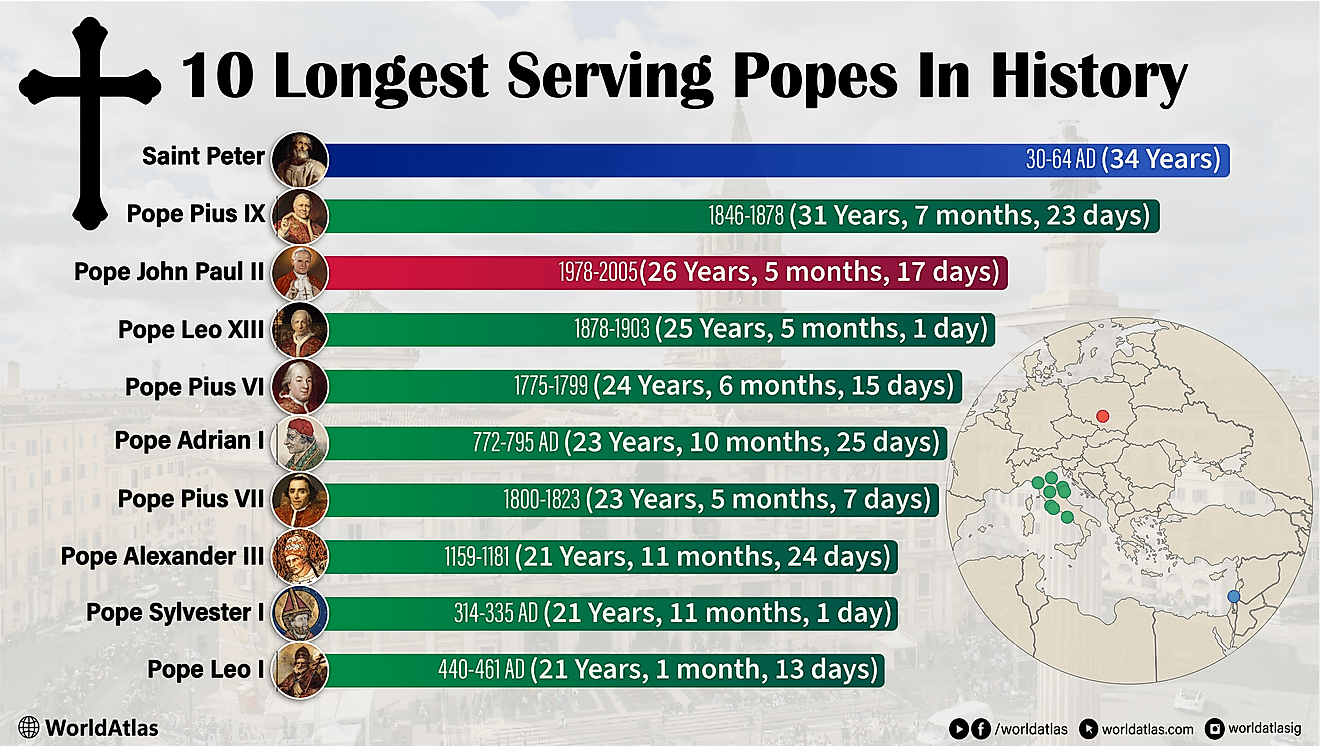Major Battles Of The Crusades

The battles of the Crusades were part of a series of religious wars that were initiated by the Roman Catholic Pope between the 11th and the 15th Centuries. The wars were against the external and internal enemies of the Christian with an indulgence promised to those who were bold enough to take part in the war. The Crusade wars were fought for several reasons including recapturing the Christian territories, resolving conflicts among rival groups within the Roman Catholic, capturing Jerusalem, defending Christians in the non-Christian territories, and combating heresy and paganism. The battle of the crusade was mainly between the Muslims and Christians who fought all over the Holy Land and the Mediterranean for control and dominance. Some of the most significant battles of the Crusades are looked at below.
Battle of Aintab
The Battle of Aintab was fought in August of 1150, and was led by the King of Jerusalem, King Baldwin III, to repel the attacks by Nur ad-din Zangi of Aleppo. During the fight, several Latin Christians who were living in the County of Edessa were evacuated as a part of the King’s strategy to win the war. Nur ad-din Zangi’s Turks attacked the crusaders with showers of arrows to break their formation. However, the Crusaders who were highly organized managed to protect the refugees and the baggage train and resisted the Turks’ attack. The Turks soon ran out of supplies and had to withdraw at sunset enabling the crusaders to deliver the refugees to Antiochene territories. Though the territory of the County of Edessa fell to the Turks, Baldwin the King managed to protect the pro-Latin civilians.
Battle of al-Babein
The Battle of al-Babein occurred in the Third Crusaders' Invasion of Egypt on March 18, 1167. The King of Jerusalem, Amalric I, and the Zengid army both wanted to take control of Egypt. Amalric I wanted to chase Muslims and Shirkuh out of Egypt. However, on reaching the Valley of the Nile, the Muslims turned against Amalric’s army having been weakened by the steep slopes and soft sand. Shirkuh who was commanding the Muslims managed to break the battle into smaller skirmishes with both the Turks and the Franks winning some of the skirmishes. Without any clear victor between Amalric and Shirkuh, King Amalric I failed to become the ruler of Egypt.
Battle of Adramyttium
The Battle of Adramyttium broke out on March 19, 1205, and was fought between the Latin Crusaders and the Byzantine Greek Empire of Nicaea. There are two accounts of the Battle of Adramyttium. The first account by Geoffrey de Villehardouin suggests that Henry of Flanders occupied the city of Adramyttium and used it as a base to attack Byzantines. Constantine responded by raiding the city of Adramyttium where Henry was. The battle broke out between the two camps with the Franks killing and capturing much of the Byzantine Army. The second account is by Nicetas Choniates suggested that it was Theodore Mangaphas and not Constantine who led the Byzantine Army against Henry in the Battle of Adramyttium. However, Choniates agrees that it was the Franks who won the battle killing a large number of the Byzantines Army in the process. Historians have tried to reconcile the two accounts by suggesting that there must have been two separate attempts to drive Henry out of Adramyttium, first by Constantine then Mangaphas within a short time in 1205 both of which failed.
Major Battles Of The Crusades
| Great Battles Of The Crusades | Date |
| Battle of Aintab | August of 1150 |
| Battle of al-Babein | March 18th, 1167 |
| Battle of Adramyttium | March 19th, 1205 |
| Battle of Agridi | June 15th, 1232 |
| Battle of al-Buqaia | 1163 |
| Battle of Al-Sannabra | June 28th, 1113 |
| Massacre of Ayyadieh | August 20th, 1191 |
| Battle of Azaz | June 11th, 1125 |
| Battle of Ba'rin | 1137 |
| Ambush at Jacob's Ford | June of 1157 |
| Siege of Jacob's Ford | August 23rd, 1179 |
| Siege of Arsuf | March and April of 1265 |
| Capture of Haifa | 1265 |
| Battle of Harim | August 12th, 1164 |
| Battle of Harran | May 7th, 1104 |
| Battle of Lake Huleh | June of 1157 |
| Battle of Al-Uqab | July 16th, 1212 |
| Siege of Mahdia | July through October of 1390 |
| Battle of Makryplagi | 1263 |
| Battle of Muret | September 12th, 1213 |
| Battle of Neopatras | 1273 |
| Battle of Nicopolis | September 25th, 1396 |
| Battle of Pelagonia | September of 1259 |
| Battle of Prinitza | 1263 |
| First Battle of Ramla | September 7th, 1101 |
| Second Battle of Ramla | May 17th, 1102 |
| Third Battle of Ramla | August 27th, 1105 |
| Siege of the Isle of Ruad | 1302-1303 |
| Battle of Shaizar | 1111 |
| Battle of Yibneh | May 29th, 1123 |











